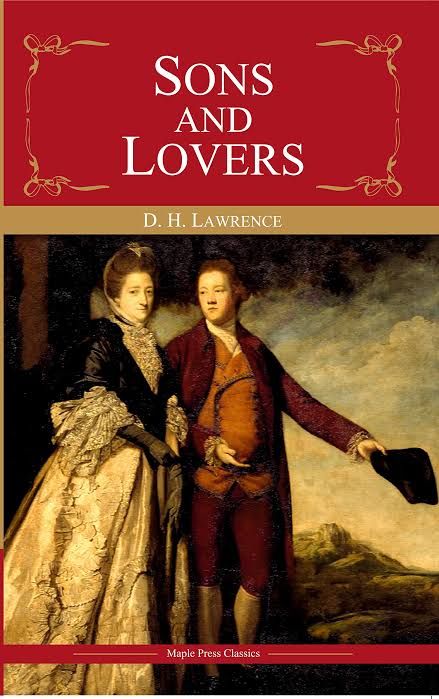Sons And Lovers | Summary, Author And Characters
Aug 17, 2019 • 79 views
About the Author
DAVID HERBERT LAWRENCE (1885-1930) also known as D. H. Lawrence was the most striking figure in the literary world between the Wars. He was born at Eastwood, in Nottinghamshire, the son of a miner, and was educated at Nottingham High School. On leaving school he had a brief experience of business life, and then became a pupil teacher in his native village. He trained for the teachers' certificate at University College, Nottingham, and then was for some time a teacher in Croydon, but, on the publication of The White Peacock (1911), he abandoned teaching for literature. He married Frieda Weekley, a German, and previously wife of a Nottingham Professor. Because of his attitude toward the War and his wife's nationality, he was cruelly persecuted, and this with the suppression of The Rainbow (1915) as obscene,and the banning of an exhibition of his paintings by the police, made Lawrence try to leave England. His passport was withheld, however, and it was 1919 before he got away. From then on his life was a continuous search, in many parts of the world, for a society more suited to one of his ideals-Italy, Malta, Ceylon, Australia, California and New Mexico were among the places where he lived. In 1929 he returned finally to Europe, and in the following year died of tuberculosis at Vence in France.
Lawrence is another example of the prolific modern writer. In the nineteen vears between his first published novel and his death he produced over forty volumes of fiction (novels and short stories), poetry, plays, treatises, and essays and not a year passed without the publication of something from his pen. It is, however, as a novelist that he is chiefly remembered. The White Peacock (1911) is a story of unhappy human relationships set in the area he knew so well, and, if the book lacks the depth and seriousness of his later work, it already reveals his concern with one of his chief themes, the conflict between man and woman, and much of his remarkable gift for fine description and lyric emotion. A slighter work, The Trespasser (1912), was followed by the largely autobiographical Sons and Lovers (1913), an extremely powerful novel of deep sincerity, which studies with great insight the relationship between son and mother.
It was as a poet that Lawrence first appeared in print with magazine contributions in 1910, and he continued to write poetry throughout his life. Its most striking feature is its fundamental similarity to his prose. We may see a parallel to the strong autobiographical element of Sons and Lovers in the intensely personal poems of his early collections, and, if the urgency of personal problems is no longer so great in the later volumes, all his poetry has that vital surge and that dynamic power which are typical of his novels. For more information.
Characters
Paul Morel
Gertrude Coppard
Clara Dawes
Baxter Dawes
Miriam Leivers
William Morel
Arthur Morel
Annie Morel
Mrs. Radford
Fanny
Walter Morel

Summary
This novel "Sons and Lovers" by D. H. Lawrence is a story about a man who is so emotionally attached and influenced by his mother and because of that he was unable to form any long lasting relationships with women around him. It took place in the late nineteen century, England. To buy the book online.
The novel is divided into two parts. In the first part of the novel, well mannered Gertrude Coppard falls for a poor coal miner, Walter Morel. They both get married and later Gertrude had to face the circumstances by controlling the expenses and live in a rented house, as her husband doesn't earn much to have a quality standard of living. The couple slowly shifts apart and she drifts her affection towards her children.
The older son was William who goes out into the world and begin to rise up in the middle class. When he dies, she (Gertrude) start focusing on second son, Paul, rediscovering her deep love for the boy after he survives a serious bout with pneumonia.
In the second part of the novel, we see that Paul struggles between his mother and his love interest. As his mother provided him the comfort and stability but on the other hand we see his need to experience his own exotic romantic love. A girl from his church, Miriam with whom he begins his romantic love. They both seemed to be look good together as Paul also enjoys her company but his mother look down on Miriam which makes their relationship complicated.
Later Paul meets Clara Dawes who was a more sophisticated woman, also separated from her husband. He started spending more time with her and leaves Miriam behind. But at the end of the novel, he remains alone after the death of her mother, as even Clara cannot compete with Gertrude's affections and atlast he leaves Clara and went to his loneliness.
